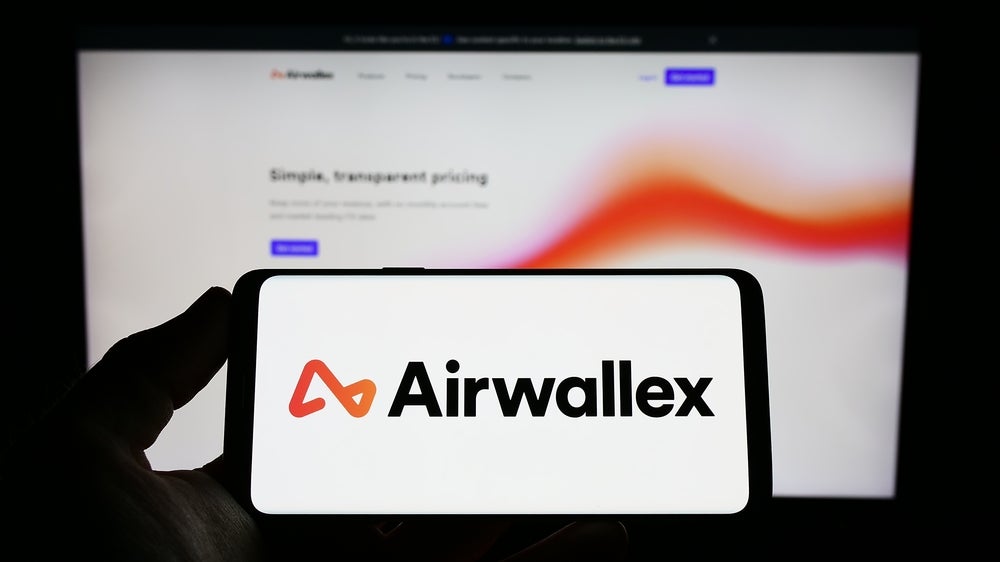Increased geo-political unrest over the last two years has shone the spotlight on sanctions compliance. Payment screening, also known as transaction screening, is the critical process of determining that the parties involved in a transaction are not sanctioned and is a vital tool in managing compliance.
However, with the number of sanctions rising and a strong uptick in electronic payment volumes, payment screening also represents a growing challenge for organisations to manage. This article examines the payment screening process in more detail, highlighting organisations’ main operational hurdles and setting out five essential steps for an effective payment screening programme.
Sanctions compliance
The objective of payment screening is to prevent payments to bad actors on predefined watchlists and sanctions lists or for specific criteria such as dual-use or prohibited goods lists. Global, regional and industry-specific sanctions regulations mean organisations are prohibited from facilitating transactions with individuals, entities, or countries subject to sanctions.
Managing sanctions compliance has become increasingly challenging over the last two years due to increased geo-political instability. Russia’s invasion of the Ukraine in 2022 precipitated a raft of sanctions from countries worldwide, including the EU and the US Treasury, through the Office of Foreign Assets Control (OFAC), with new sanctions continuing to be regularly announced. The now growing conflict in the Middle East also adds to an increasingly complex sanctions landscape, which is why it is more important than ever for organisations to implement rigorous procedures, such as payment screening software, to scrutinise the sanction status of all transaction parties prior to approval.
Operational challenges
The primary operational challenge with payment screening is managing the screening process in near real-time. And with McKinsey’s Global Payments Report 2023 forecasting that electronic payment volumes will grow by 15% over the next five years, it is crucial that software can handle millions of transactions without compromising reliability. Seamless integration with global networks such as Swift is also fundamental for ensuring secure and expedient payment processing for international transactions.
Other operational hurdles include managing false positives, where legitimate transactions are erroneously flagged as suspicious. False positives consume valuable resources and divert attention away from genuine risks, which can lead to operational bottlenecks and delayed customer payments. As such, having a system in place that reduces the number of false positives, coupled with strong processes to facilitate timely resolution to alerts, is key.
How well do you really know your competitors?
Access the most comprehensive Company Profiles on the market, powered by GlobalData. Save hours of research. Gain competitive edge.

Thank you!
Your download email will arrive shortly
Not ready to buy yet? Download a free sample
We are confident about the unique quality of our Company Profiles. However, we want you to make the most beneficial decision for your business, so we offer a free sample that you can download by submitting the below form
By GlobalDataFalse negatives are another significant and very different risk, occurring when potentially illicit activity goes undetected, leaving organisations open to compliance breaches and reputational risk. 2023 witnessed several high-profile fines for sanctions violations, with OFAC issuing $1.5bn in fines. There was also the high-profile case of cryptocurrency exchange Binance, which was fined an eye-watering $4.3bn for numerous AML violations. Among other things, this included not putting in place any procedures or tools to screen payments, putting it in breach of international sanctions.
Five essential steps
To implement an effective payment screening programme, there are five essential steps that organisations must factor into their approach once a transaction is launched. From payment screening initiation to ongoing process testing, each step is vital in mitigating financial crime risk and meeting compliance requirements.
These steps include:
Payment screening initiation
When a transaction is launched, the details provided generate a standardised message format, such as Swift’s MT messages or ISO20022. Once the message is received, the process of screening transactions and payments is triggered. Payment screening software, ideally equipped with advanced screening algorithms and predefined rules configured to the organisation’s sanctions and risk assessment, systematically examines the transaction details. This includes cross-checking transaction parties and elements against watchlists and generating alerts against specific attributes.
Alert review and investigation
Compliance analysts investigate the generated alerts. Integrated case management systems facilitate the collation of relevant information to arrive at and substantiate the alert resolution.
Blocking, rejecting, or releasing transactions
Depending on the alert severity, the analyst remediates the alert by blocking, rejecting, or releasing the transaction. Where required, the information contained in the case management tool is used to notify the designated authority. This approach ensures appropriate measures are taken for potentially illicit activity.
Documentation and reporting
Every action taken in the payment screening process must be documented. Integrated document management systems and reporting tools facilitate this, creating a detailed record of the screening process and alert dispositions, which serve as useful audit trails for inspections.
Ongoing testing
Regular testing and fine-tuning are essential to ensure ongoing effectiveness. Systematic assessments identify areas for improvement in procedures and help stay ahead of evolving risks and compliance requirements.
Implementing payment screening
Payment screening represents a cornerstone of modern financial compliance, playing a pivotal role in safeguarding the integrity of financial systems worldwide. However, numerous potential pitfalls exist in managing an effective programme, notably screening rising volumes of payments in near real-time and the risks of false positives and negatives. Implementing a comprehensive payment screening programme that incorporates payment screening software to manage all key steps, from screening initiation and alert review to reporting and ongoing testing, is essential in an increasingly complex sanctions universe.
Steve Marshall is Director of Advisory Services, FinScan








